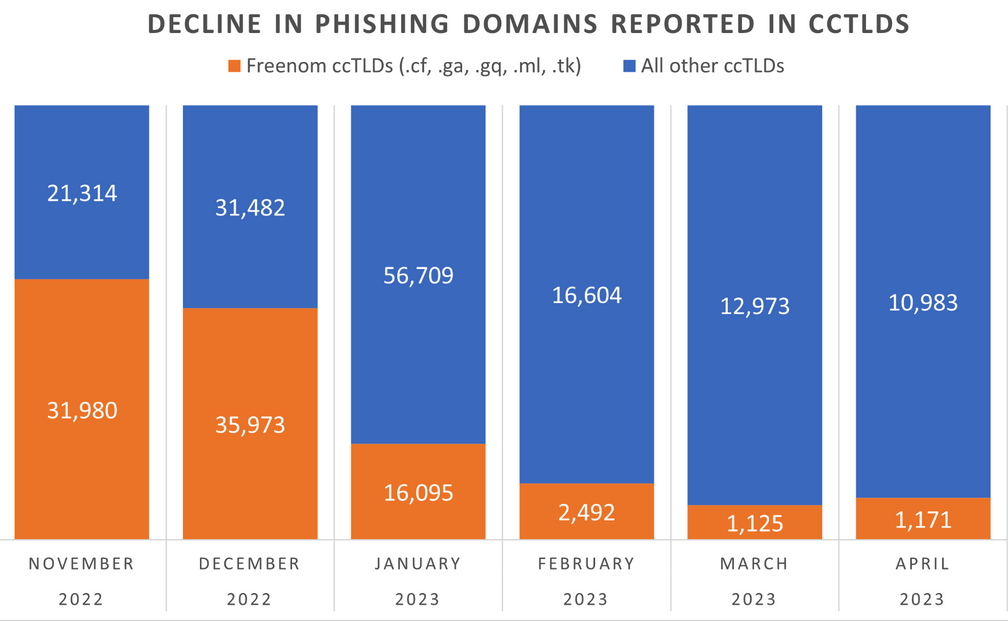Today, organizations increasingly rely on DevOps to accelerate software delivery, improve operational efficiency, and enhance business performance. According to RedGate, 74% have adopted DevOps, and according to Harvard Business Review Analytics, 77% of organizations currently depend on DevOps to deploy software and applications.
However, as organizations embrace DevOps to accelerate innovation, the traditional approach of treating security as a checkpoint begins to break down. The result? Security either slows releases or, even worse, gets bypassed altogether amidst the need to deliver as quickly as possible. This dilemma is growing more common by the day, with 71% of CISOs reporting that security is perceived as a bottleneck to rapid development.
We’ve created Imperva Elastic WAF to address this exact tension. Elastic WAF is application security reimagined for modern, containerized environments where applications are deployed daily, not quarterly. Designed from the ground up to deploy in any environment and seamlessly integrate into DevOps workflows, Elastic WAF helps DevOps teams move fast without compromising protection.
Why Traditional WAFs Can Be Disruptive to DevOps
DevOps has reshaped software delivery, with teams now expected to deploy applications at high velocity, using continuous integration and delivery (CI/CD), microservices architectures, and container orchestration platforms like Kubernetes. But as development practices evolved, many security tools have not kept pace.
While traditional Web Application Firewalls (WAFs) remain effective for many use cases, their operational models can become challenging when applied to highly dynamic, modern development environments. In such scenarios, they often introduce delays, limit flexibility, and add operational burden instead of enabling agility. Here’s why:
Manual security reviews delay deployments: Traditional WAF deployments often require manual security reviews or rule changes before new services can go live. This model, built for slower, monolithic release cycles, doesn’t align with modern CI/CD pipelines. Developers either face delays or bypass controls entirely, weakening the security posture.
Microservices and API growth outpace manual processes: Modern architectures introduce constant change. New microservices, APIs, and environments are deployed daily. Traditional WAFs, built for stable applications, rely on domain-first onboarding models that treat each application as an isolated unit. Every new domain or service often requires manual configuration, creating friction and increasing the risk of unprotected assets.
Lack of native integrations keeps security siloed from DevOps workflows: Traditional on-prem WAFs often exist outside DevOps toolchains, lacking native integrations with Kubernetes, CI/CD workflows, or Infrastructure as Code frameworks. Without API-driven controls and automation hooks, embedding security directly into the deployment lifecycle becomes more difficult, as security remains a separate and reactive process.
Infrastructure vendor lock-in limits flexibility: Some WAFs are tied to specific CDNs, clouds, or load balancers. While this simplifies deployment for some organizations, it may limit flexibility for DevOps teams operating across hybrid or multi-cloud environments.
A Growing DevSec Divide
This misalignment between DevOps delivery and security processes creates tangible organizational costs:
- Delayed time to market: Organizations with frequent deployment cadences deliver faster and more reliably. Slow security reviews reverse these gains.
- Rising breach costs: Delayed detection and misaligned security workflows raise breach-related expenses. The average breach now exceeds 4 million dollars, and recent events like Log4Shell and MOVEit highlight the urgency of upstream protection.
- Developer frustration: False positives and frequent blocking erode trust in security tools. Developers lose productivity and may sidestep protection to maintain velocity.
- Regulatory risk and non-compliance: Inconsistent domain protection and short-term patching strategies create audit gaps. Failed audits directly correlate with higher breach incidence, increasing fines, and reputational damage.
The net result is reduced speed, elevated risk, employee burnout, and fractured trust between DevOps and security teams.
Bridging the Divide with Imperva Elastic WAF
Imperva Elastic WAF is purpose-built to meet the realities of modern DevOps. Where traditional WAFs can introduce friction, delays, and gaps in coverage, Elastic WAF addresses these challenges head-on through an architecture purpose-built for modern DevOps environments.
Built for Kubernetes and Modern Environments
Elastic WAF brings Imperva’s Cloud WAF engine into containerized environments as a Kubernetes-native solution. It runs inside your clusters as a pod, alongside the applications it protects. This keeps security close to your workloads and aligned with how modern software is built and deployed.
Key benefits:
- Deploys in any environment, offering strong protection where your apps live.
- Fits easily into DevOps workflows without needing infrastructure changes.
- Installs in under five minutes, keeping delivery pipelines running on schedule.
Security That Moves with DevOps
Elastic WAF lets DevOps teams deploy applications independently while automatically enforcing policies set by security leadership. This helps organizations move away from slow ticket-based models and toward a self-service approach.
Key benefits:
- Removes the need for firewall change requests or approval queues.
- Ensures consistent enforcement of security policies across environments.
- Gives developers autonomy while allowing security teams to maintain oversight.
Always-On Protection from the Start
As soon as a new application is deployed, it is protected. No manual setup or policy writing is required. Elastic WAF reduces risk by closing the gap between deployment and enforcement.
Key benefits:
- Automatic protection with minimal tuning or false positives.
- Embedded directly into CI/CD pipelines.
Designed to Fit Existing DevOps Tools
Elastic WAF works with what teams are already using. Whether it’s Infrastructure as Code, APIs, CLI tools, or ingress controllers like NGINX or Envoy, it integrates without disrupting workflows.
Key benefits:
- WAF policies can be written as Infrastructure as Code (IaC).
- Developers do not need to leave their tools or change how they work.
Unified Visibility and Centralized Management
Policy management and event monitoring are handled through the Imperva Unified Management Console, while enforcement happens locally. This approach gives teams central oversight without sacrificing control at the edge.
Key benefits:
- Everyone sees the same data, reducing miscommunication between teams.
- Visibility across environments simplifies audits and reporting.
- Centralized policy management improves consistency and reduces risk.
Works Across Any Stack
Elastic WAF is not tied to any specific CDN, cloud, or platform. It runs in hybrid environments, public cloud, or on-premises, adapting to your existing infrastructure.
Key benefits:
- Pairs easily with any CDN or none.
- Allows teams to use the tools and platforms that work best for them.
- Applies consistent policies no matter where applications run.
Scales with Your Application
Elastic WAF has a lightweight footprint and introduces very little latency. It automatically scales with traffic, spinning up more capacity as needed.
Key benefits:
- Maintains high performance, even under load.
- Grows with your application without manual intervention.
- Adds less than 10ms of latency per request (varies by environment).
Simple to Manage, Easy to Trust
Elastic WAF uses rules managed by the Imperva Threat Research Team, requiring little manual tuning: 97% of Imperva customers use default policies, and 95% operate in blocking mode.
Key benefits:
- Developers avoid slowdowns caused by false positives.
- Security teams can spend more time on strategy, not maintenance.
Application Security, Built for Modern Environments and Workflows
Imperva Elastic WAF is the bridge between speed and security, delivering modern application security designed to meet the speed and complexity of DevOps. It runs natively in Kubernetes and integrates seamlessly into DevOps workflows, enabling developer autonomy while automatically enforcing centrally managed, security-defined policies. Elastic WAF protects applications from the moment they are deployed, with near-zero false positives and minimal latency.
It is architecture-agnostic, cloud-agnostic, CDN-independent, and deployable across any environment, including on-premises, hybrid, and multi-cloud. With centralized visibility through the Imperva Cloud Security Console, Elastic WAF helps security and DevOps teams work together more efficiently. The result is always-on protection that supports rapid delivery without compromising security.
Learn more
The post How to Eliminate Deployment Bottlenecks Without Sacrificing Application Security appeared first on Blog.


